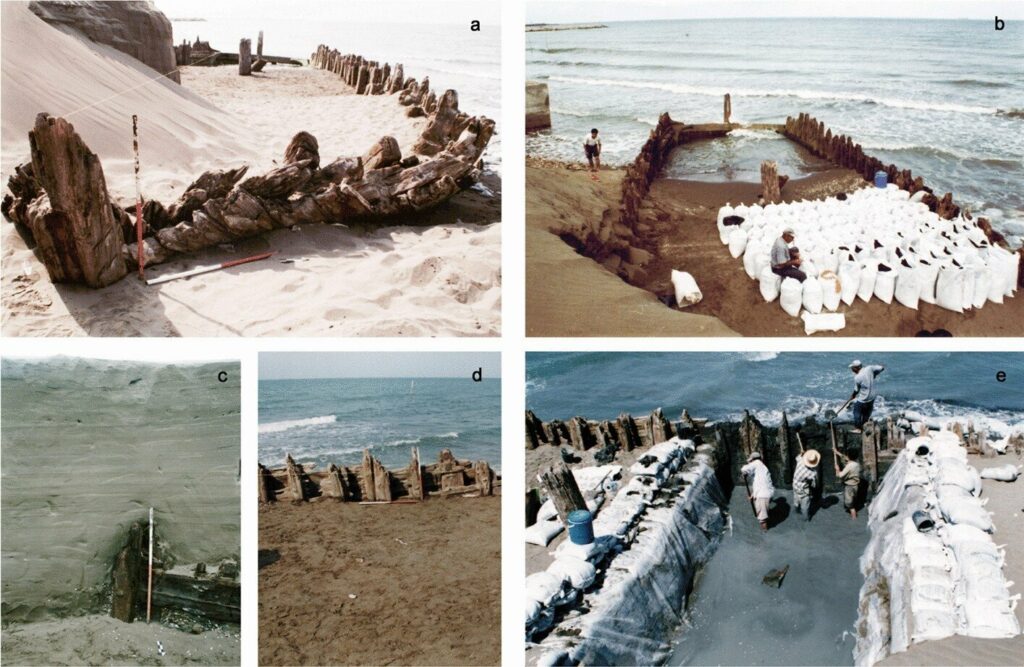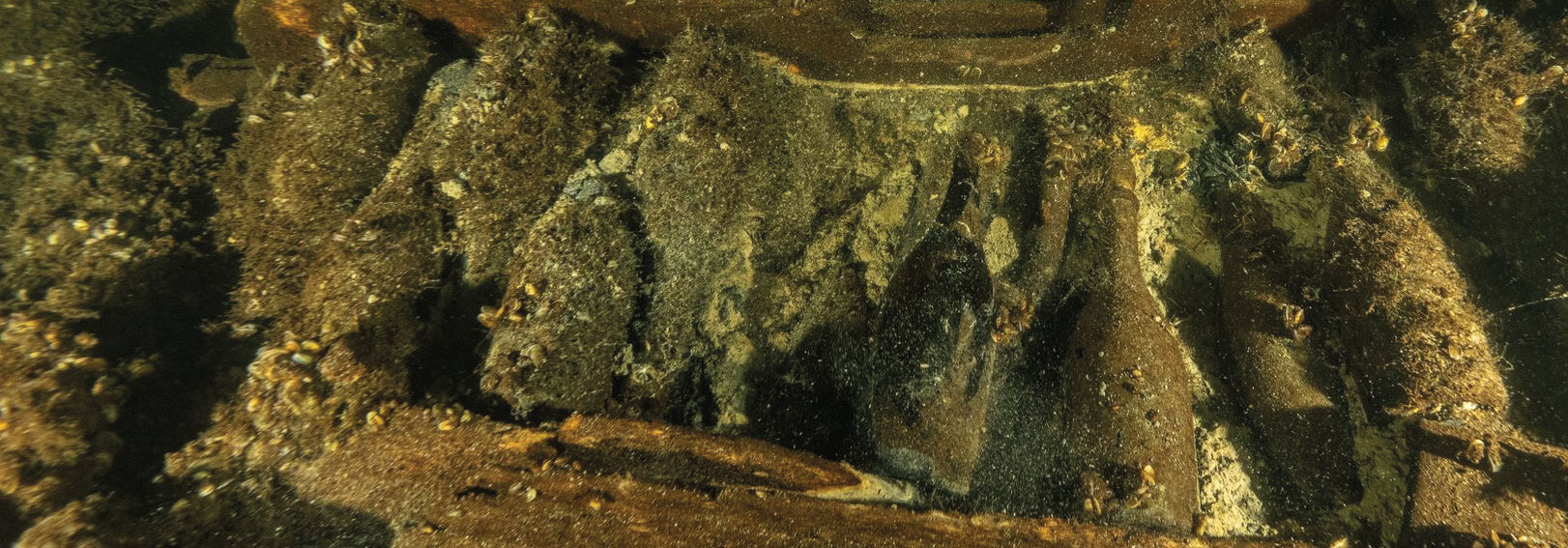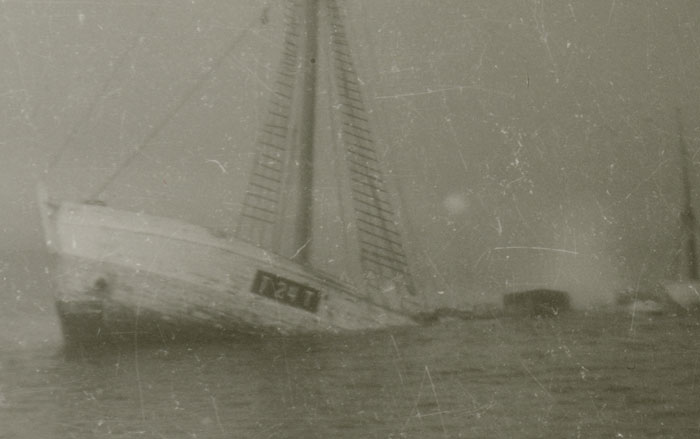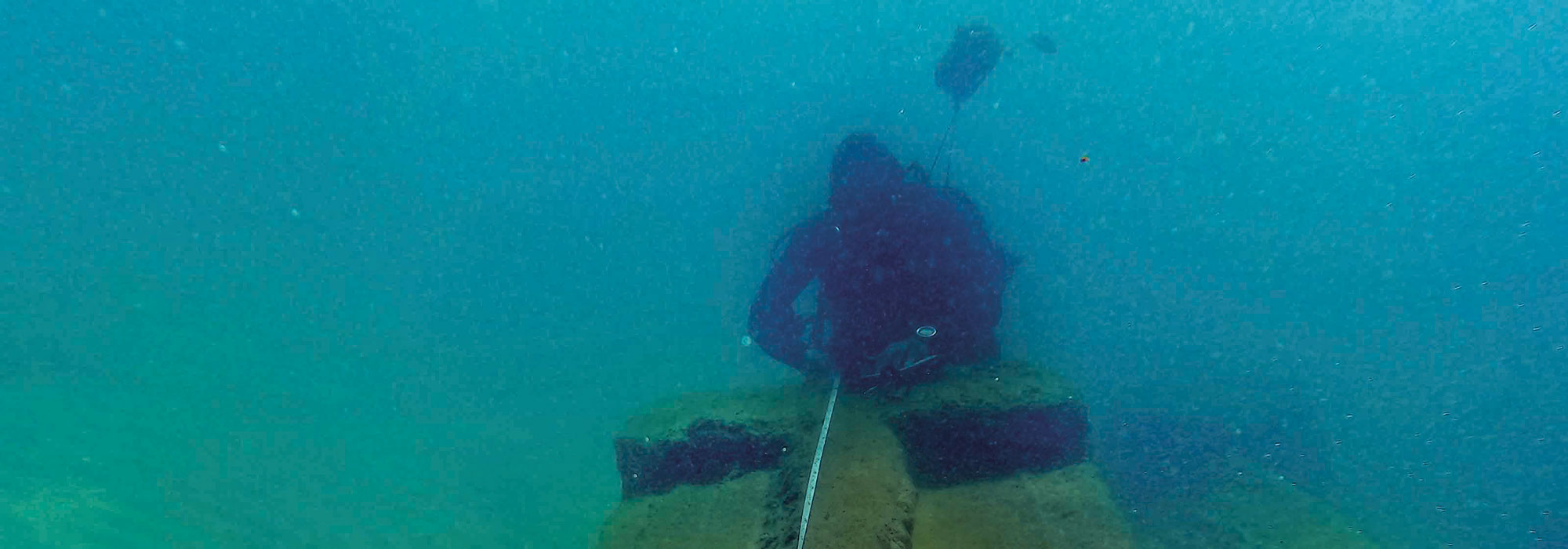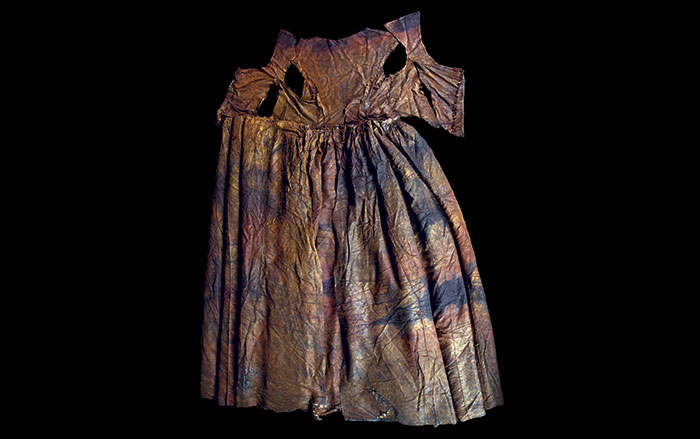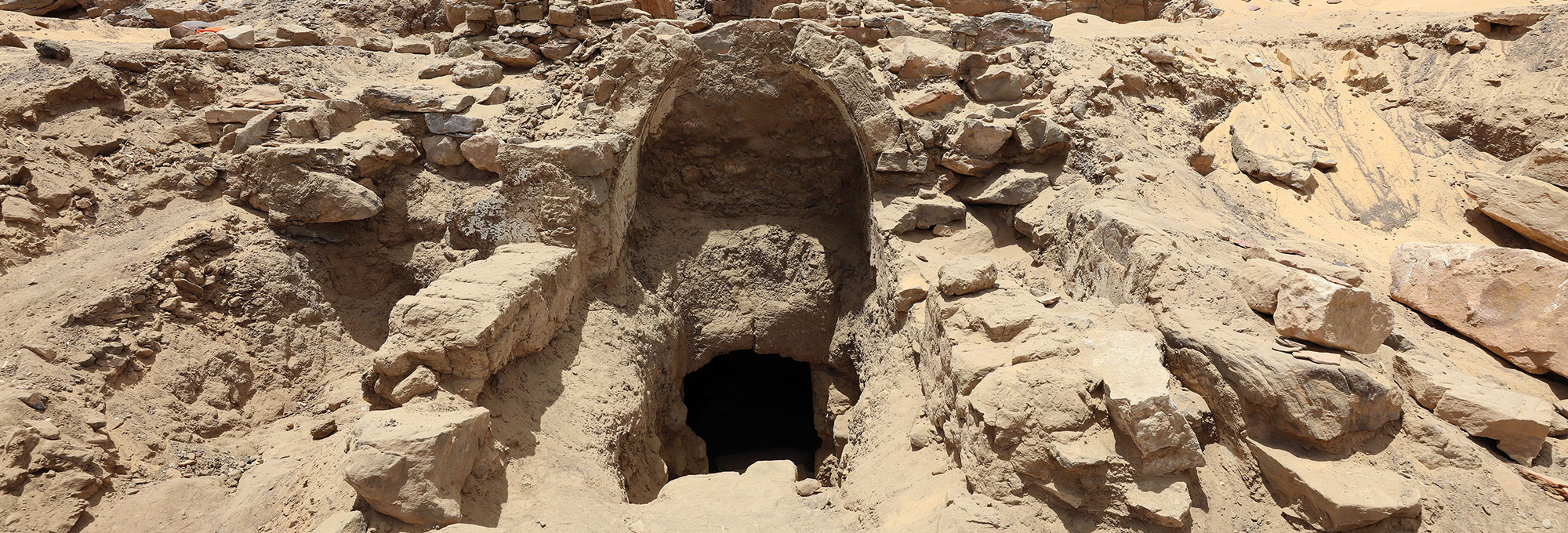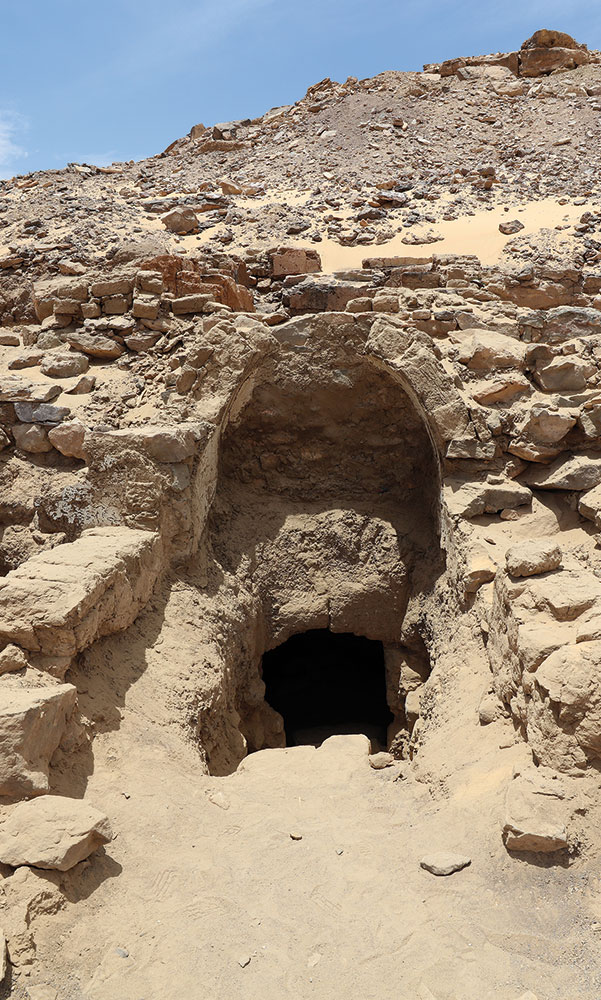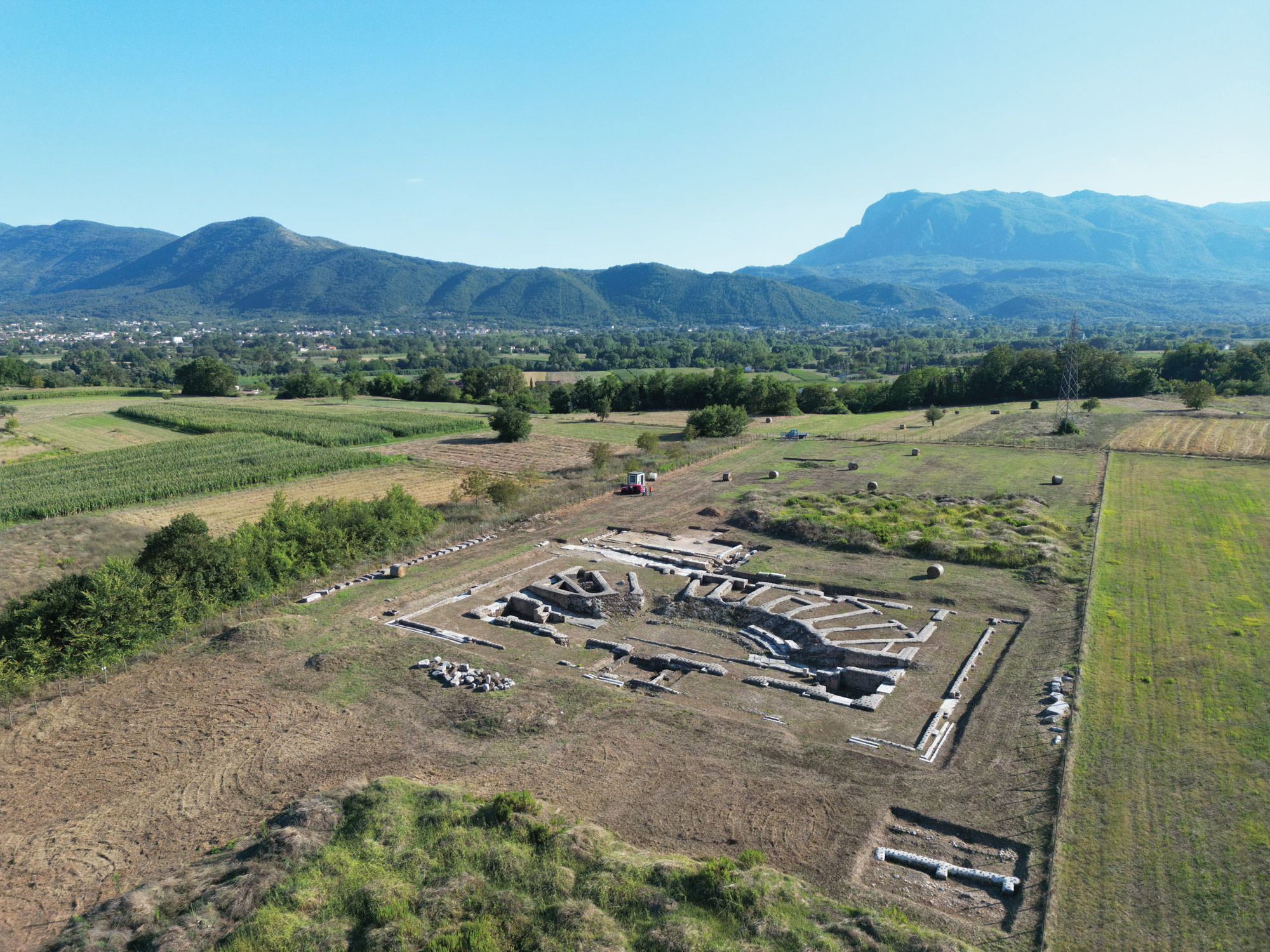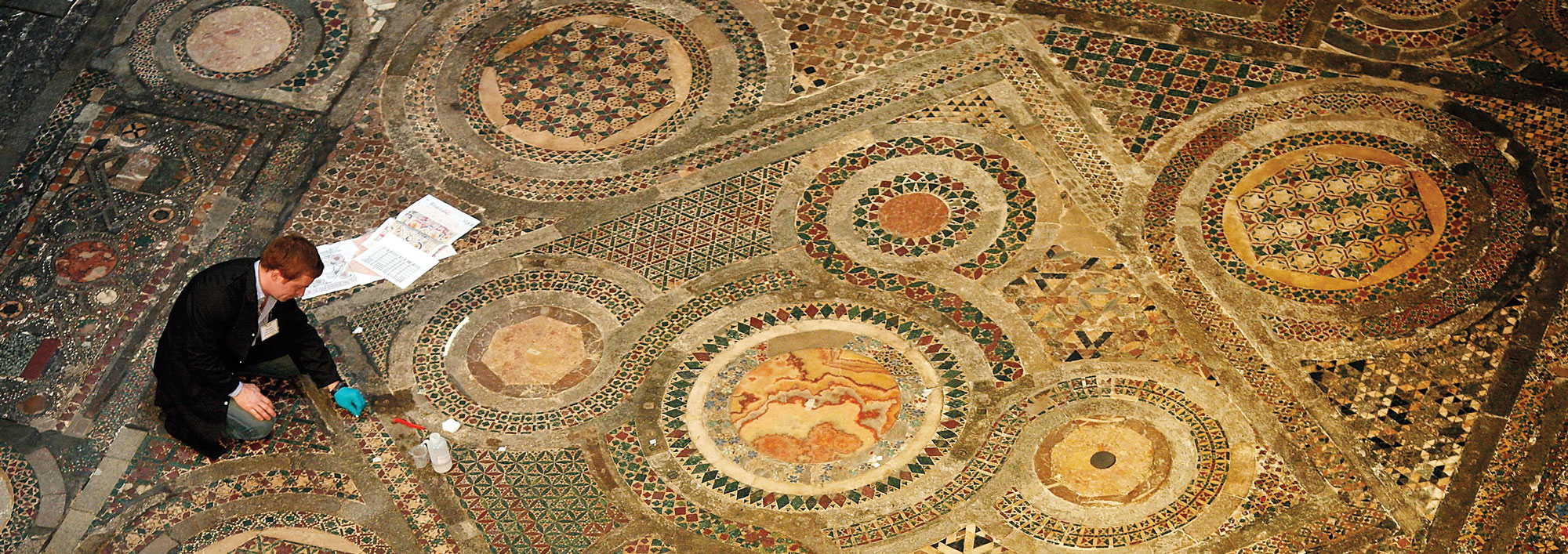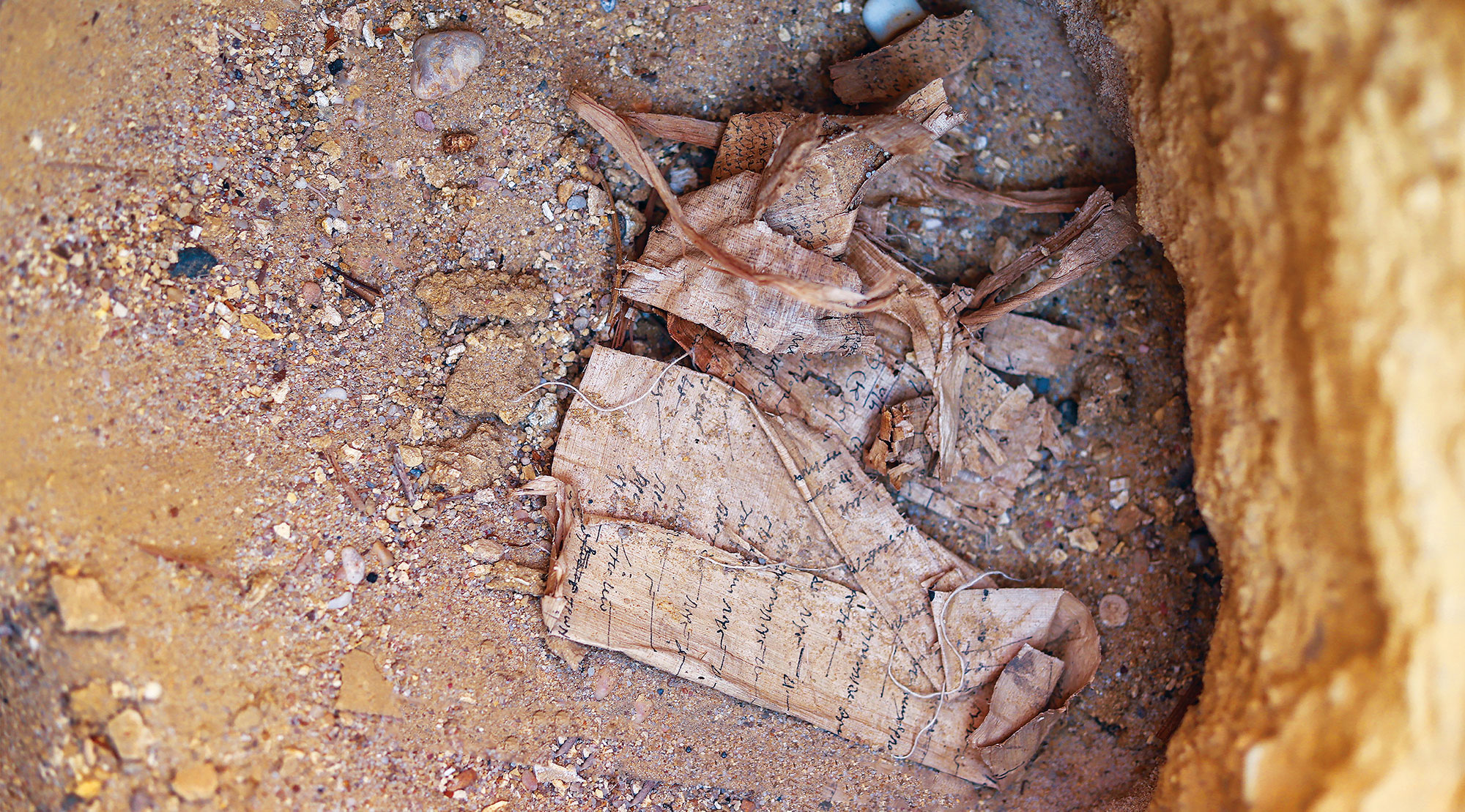MAZANDARAN, IRAN—Phys.org reports that a wooden shipwreck discovered in Iran on the southern coast of the Caspian Sea has been studied by a team of researchers from the International Association for Mediterranean and Oriental Studies in Italy and the Underwater Archaeology Faculty in Tehran. The vessel had been hidden by a sand dune that has recently eroded away. Radiocarbon dating of wood samples taken from the 90-foot wreck indicates that the three-masted ship had been constructed between 1762 and 1808. Analysis of the remains of the hull determined that it was built out of Scots pine, spruce, and larch grown in the Volga River basin or the Caucasus. Construction techniques also suggest a Russian origin for the vessel. Buckwheat and other plants recovered from the ship’s cargo area were also found to have originated from the Volga River basin or the Caucasus. The researchers concluded that the vessel had been part of a merchant fleet that operated in the Caspian Sea. The buckwheat was likely traded and used to feed the sailors, as described in historical accounts. To read about the capital of an independent Mongol state that is believed to have been founded near the banks of the Lower Volga River, go to "Searching for Lost Cities: Palaces of the Golden Horde."
